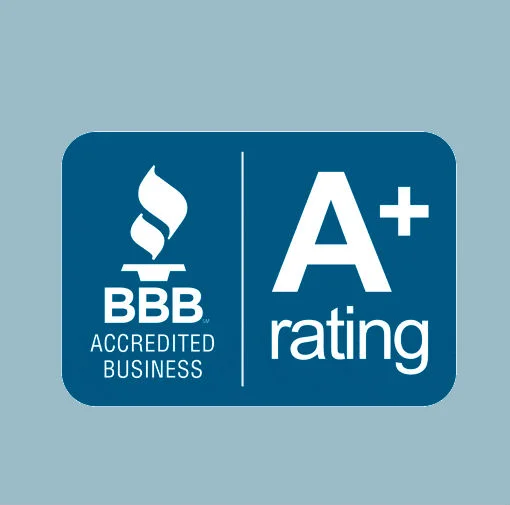Practical Alternatives for Doctors Who Hate "Black Hat" Selling

And it's not just physicians. The culture and mind-set throughout professional ranks-medical practice staff, hospitals, and marketing communicators-is one of concern and providing solutions for individuals in need.
But here's an eye-opener...even world-class and highly successful salespeople hate "selling" by the unsavory old definition. Moreover, the everyday consumer hates "being sold." When the overpowering objective is to strong-arm a prospect into accepting something they don't need or want, nobody likes it. (That's the "black hat" concept of sales.)
Fortunately, that's not how effective salesmanship works, and there is a better way. There are several practical alternatives (to the S-word) where everyone is comfortable with the process and the results. The business dictionary definition of salesmanship is satisfying customer needs through a sincere and mutually beneficial process aimed at a long-term relationship.
In fact, everyone sells, even if they apply a different label. Medical providers and marketing professionals call it "patient engagement," "treatment compliance," or perhaps more generally, a positive patient experience. This isn't an ivory tower concept, semantics or spin. It is an effective pathway to winning case acceptance, marketing budget approval, colleague participation, or extending a professional reputation through branding.
The good news-particularly for doctors who hate the concept-is that there are several practical and effective techniques to sell without creating a sales pitch. Here are several techniques that use the two key components of understanding the needs and interests of the other party, and communicating benefits that satisfy those needs.
- The Two Ears Metaphor. The art of listening is the first (and possibly the most neglected) link in the communications cycle. Listening provides an awareness of the other person's value system, appreciating what's important to them, and clarity about how they see the problem. Without first understanding what the patient feels they want it is difficult to present an acceptable answer.
- Communicate benefits, not features (or process). Medical practitioners are trained to diagnose problems in a mostly scientific process of distilling symptoms, identifying cause and proscribing a medical and/or surgical course. But that's not the patient's value system. The patient does not care much about the highway; they only care about arriving at the destination. In short, people don't buy healthcare, they buy some form of happiness. Listening reveals how they define their goal and what's important to them. Embrace the patient's vocabulary and use their terms in revealing a clinical solution.
- Conversation vs. presentation. Many people-including otherwise cooperative patients-will reflexively defend themselves against what they perceive as a potential sales pitch. In contrast, simply having a conversational chat between friends disarms barriers and creates a means for sincere, two-way communications.
- Storytelling with a purpose. Simply telling a story-one with a clear point-has an immediate appeal and a persuasive effect with the listener. An informative story (as opposed to a recitation of facts) makes an emotional connection and draws the listener to a compelling vision of the future. The human brain is wired to more readily hear, understand and retain information that is presented as an interesting story.
- Advise, recommend, endorse. The chemistry of most practitioners includes a large measure of empathy and understanding. Unfortunately, the press of business in most medical practices seems to leave little time to reveal these qualities. But a personal anecdote or empathetic connection creates a receptive mindset for advice, recommendations or endorsements.
- Demonstration, event or sample? The healthcare delivery process is not as rich as the retail world when it comes to providing samples and hands-on product experiences. But for some situations, especially in areas of elective care, benefits can be demonstrated or shared. Those visual or experiential examples-a community event, an eBook, a special report-that are low-risk and/or low-cost are instructive, educational and persuasive.
When a person who "hates to sell" meets a person who "hates to be sold," the process is a struggle, and the outcome, at best, is less than satisfactory for both. But when you can help an individual (in this case, a patient) easily connect with the benefits that they want, there is satisfaction for both.
Related Articles:
The Simple Secret of “Selling Softly.” For Doctors Who Hate to Sell
Delivering Happiness: How Successful Doctors Embrace Selling
Redefining the Concept of "Selling" in Healthcare
Learning to Love Sales From the Caring Side of Medical Practice Marketing
Product Promo Gone Wild: 5 Lessons Learned from One Bad Experience









